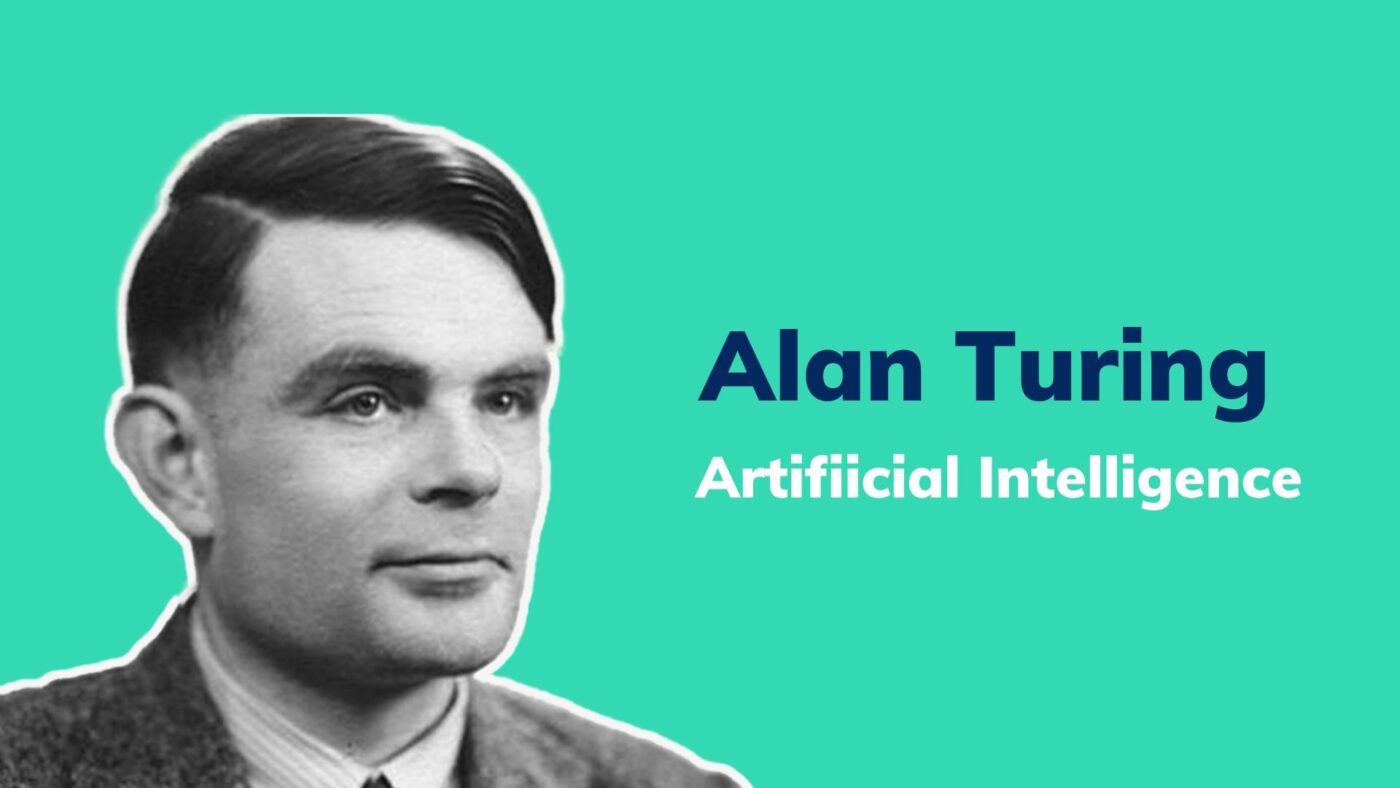Reasoning about the new insights to be proposed on Thinking Beyond, we thought it was right and useful to understand the state of the art of this technology and to dedicate some articles to the personalities who, through their insights and models, have contributed to the diffusion of Artificial Intelligence in support of companies.
The figure we have chosen to begin this journey with is Alan Turing, a mathematician who lived in the first half of the 20th century and is considered by many to be the father of computer science and artificial intelligence.
Turing, the birth of computing
Commander Alastair Denniston had headed the Government Code and Cypher School since 1919. He had seen few new faces in his twenty-year honourable career in the cryptanalytic service. The prospects of low pay and an unexciting job contributed to the GC&CS headquarters being poorly attended.
In the summer of ’38, on the threshold of the Second World War, Denniston found himself faced with a far larger sampling of intelligence, invited to be selected for the largest espionage operation in history. Among these people, who had arrived by ocean liner from overseas, was a subject who embodied all Denniston’s worst fears: a mathematician.
Like many of his GC&CS colleagues, the Commandant considered mathematicians to be strange and out-of-touch people, and therefore of little use to the cause of war. The GC&CS chief of operations did not know it yet, but that mathematician would succeed where his majesty’s armies would fail.
The aim of the team’s efforts was in fact to decipher the German Enigma communication system. To respond to his adversaries’ ciphered messages, Turing developed Bomba, an electromechanical machine created in collaboration with a group of Polish cryptographers.
Starting with fragments of the original cypher text, the machine was able to work out possible solutions to the enigma. By concentrating on small pieces, the contraption was able to very quickly discard many combinations that provided nonsensical results.
The decryption, in that case, was carried out with the help of Colossus, the first electronically programmed computer in history.

Like all machines of the time, it was huge, consisting of around 100,000 parts, 19 kilometres of cables and 100 numbered cylinders. By being able to decipher German codes, Turing made a fundamental contribution to the defeat of Hitler’s U-boats and thus turning the tide of the conflict in favour of the Allies.
Turing, a machine can think?
Since the Second World War there have been evolutions in thinking and computer developments, also but not only thanks to Turing.
It is 1950. This is the incipit of Alan Turing’s article, Computing machinery and intelligence, which dealt with the most cutting-edge scientific topic of those years: Artificial Intelligence. Giving a definition was complex, so much so that Turing skilfully circumvented this task by formulating a test, known as the ‘Turing test‘ or ‘Imitation game‘ (also the title of a film that deals with this very subject and tell its story). The aim was to assess the machine’s ability to behave intelligently, understood as ‘human’. The test involved placing a judge in front of a terminal, through which he could communicate with two entities: a human and a computer. If the judge could not distinguish between man and machine, then the computer had passed the test and could be called ‘intelligent’. This conundrum opened the door to this type of thinking and mathematical models and ultimately algorithms were born, more and more advanced and performing, assisted by ever more powerful processors.
Turing and today’s Artificial Intelligence
It was therefore from 1940 that the scientific discipline of artificial intelligence was concretely developed. In those years, thanks to a particular historical and scientific convergence, important discoveries were made. Neurology discovered that the internal structure of the brain is composed of a network of neurons that transmit electro-chemical impulses, Norbert Wiener developed the cybernetic theories of control and stability of electrical networks, and Alan Turing the theory of calculation, Claude Shannon the theory of information. Thus a doubt arose among these scientists: could an electronic brain be built? It was from this impulse that the idea of a thinking machine, an automaton capable of performing human actions, learning, and speaking like a human, originated. Without Turing’s reasoning, we probably would not have come this far.


